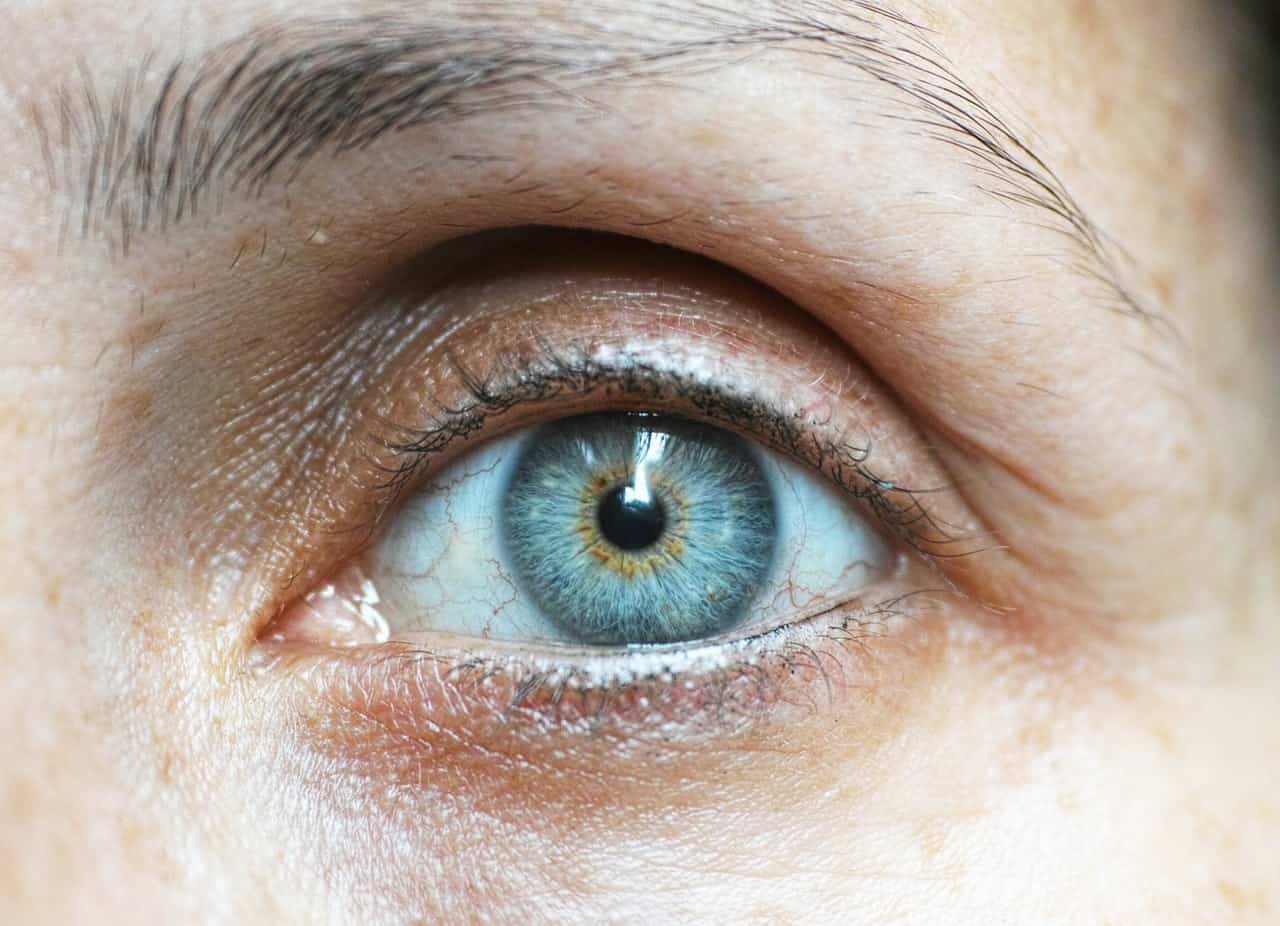Astigmatism is a common eye condition. It is usually caused by the presence of a non-uniform shape to the cornea or the development of abnormalities in the natural lens inside your eye.
Normally, the combined refractive efforts of the cornea and your natural lens focus light rays sharply on the retina of the eye. In astigmatism, the imperfect refractive properties of the eye result in an object not being uniformly focused on your retina. If short-sightedness (myopia) or long-sightedness (hypermetropia) are also present, the object may be focused in front of or behind the retina, resulting in blurred vision.
How is astigmatism diagnosed?
Astigmatism is usually diagnosed by your optician. It predominantly causes blurred vision but in early or mild cases it may cause headaches, eyestrain, and difficulty with night driving. A variety of eye conditions can cause these symptoms; the only true way of knowing if you have astigmatism, or other refractive errors such as short-sightedness or long-sightedness, is with a thorough eye examination.
Can astigmatism get worse without treatment?
Astigmatism will not go away without treatment. It is often said that astigmatism does not change with age, but in reality there is a very small change in the shape of the cornea and thus astigmatism with time.
A rapid increase in myopia and astigmatism can be a sign of keratoconus, a progressive condition in which the cornea becomes weaker and bulges forward; this requires further investigations. These investigations are usually carried out by an ophthalmologist (eye doctor) who will carry out a detailed examination and corneal topography imaging. Corneal topography involves detailed scanning of the cornea, plotting of its shape and comparison to the expected normal.
What ways can astigmatism be treated?
Treatment options for astigmatism include glasses, contact lenses and refractive eye surgery.
The vast majority of patients with astigmatism use glasses to see better. With moderate to high prescriptions however, glasses can be difficult to adjust to and may reduce the quality of vision with peripheral distortion.
A more permanent solution to astigmatism can be provided by refractive surgery. Depending on your prescription, eye measurements and visual needs, a variety of procedures are available, including LASIK, SMILE, toric phakic IOL, e.g. ICL, and refractive lens exchange.
In LASIK, excimer laser sculpts the cornea to make its surface and refractive power uniform, correcting the astigmatism. If you have astigmatism and also wear reading glasses, LASIK can incorporate a PRESBYOND blended vision treatment to reduce or eliminate your need for reading glasses.
SMILE is a keyhole alternative to LASIK that uses femtosecond laser to reshape the cornea; no flap is created in SMILE, preserving better biomechanical stability of the cornea and allowing a more rapid return to intense physical activities and swimming than with LASIK.
A toric ICL is like a permanent plastic contact lens that is implanted inside your eye, in front of your natural lens. No one can see this phakic lens and you cannot feel its presence in your eye. It is a safe alternative to LASIK and SMILE, but it is usually reserved for higher prescriptions when laser vision correction may not be the best option.
In refractive lens exchange, your natural lens is replaced with an artificial lens, very similar to modern cataract surgery. This treatment option for astigmatism is most appropriate if you are over the age of 55 years or if your prescription is higher than the normal range for laser vision correction.
Can contact lenses help with astigmatism?
Specialised soft toric and rigid gas permeable contact lenses can be used to treat astigmatism as the contact lens compensates for the difference in refractive power across the cornea. Contact lenses also correct co-existing long sightedness or short sightedness at the same time.
How safe is laser vision correction for astigmatism?
Laser vision correction is the most common elective procedure carried out worldwide; over 100000 procedures are performed each year in the UK.
Laser vision correction is carried out on the surface of or within the cornea, i.e. not inside the eye. As a result, it is a smaller operation for your eye and the chances of going blind following laser treatment are negligible. More than 99% of patients achieve driving level vision without glasses or contact lenses. Indeed, laser treatment is as safe if not safer than long-term contact lens wear!
To learn more about laser vision correction, visit the LASIK, Advanced Surface Ablation and SMILE pages of our website. If you suffer from short-sightedness (myopia), long-sightedness (hypermetropia) or astigmatism book a free screening appointment at our Laser Vision Eye Centre website or call 02381 810001. Our consultants will discuss the best treatment option for you.







